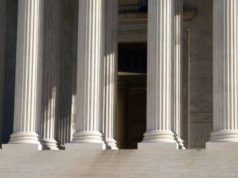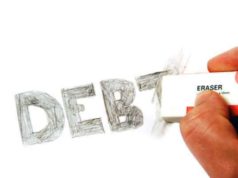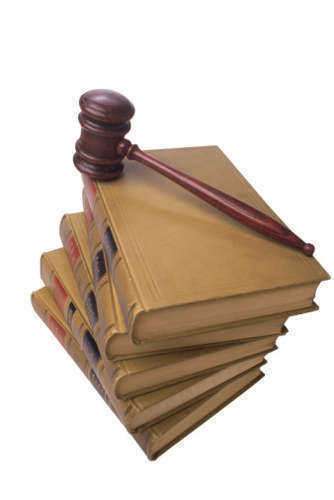
Forged endorsements on checks involve different
procedures than more blatant cases of forgery, such as cases in which the
drawer’s signature has been forged. The checks might originally have been drawn
with perfect legitimacy only to then be given a forged endorsement by someone
who steals or finds the check. Such a case would still be considered one of forgery, however, and
the forging party would still be held primarily accountable for the check.
In such a case of forgery, there might be four parties
involved, and the responsibilities of each to the others are slightly
different. The drawer is the individual who initially drew the check, upon
whose bank account the check was drawn. The drawee is the bank holding that
account, issuing payment for checks issued by the drawer. The payee is the
original intended party and could refer to the very first person to whom the
check was payable or to the current holder. In a case of forgery, however, the
payee would likely be the forger. Finally, there is the bank into which the
forged check was deposited, called the depository bank.
The drawee bank, in cases involving checks with forged
endorsements, would be able to sue the depository bank, as the depository bank would be in violation
of transaction warranty or presentment warranty, or both. The drawee bank has
no responsibility to check for forgery on the checks upon which it makes
payment, as the depository bank seeking payment from the drawee bank would be making a warranty
that the checks in question were legitimate and that the depository bank had a right to seek payment on those checks. As such, the drawee
bank might be able to recover some lost funds.
The drawer, however, can sue the drawee bank in turn, as
the drawee bank holds liability for any checks it may have paid based on forgery or other improper
circumstances. Thus, the drawee bank would have to make reparations to the
drawer. The illegitimate payee would, of course, be unable to sue anyone, as
this party would have committed the forgery and would hold general liability
for all charges.
The intended payee might be able to sue the drawee bank
under certain conditions. If, for instance, the intended payee had already
discharged the services or obligation for which the checks had been drawn, then
the intended payee would be able to sue the drawee bank or the drawer for
restitution. This could lead to a situation in which the intended payee sues
the drawer for payment, while the drawer sues the drawee bank, while the drawee
bank sues the depository bank. The depository bank, in turn, might be able to sue the perpetrator of the forgery.
In the end, the banks making payment or accepting payment
on forged checks hold more responsibility than do the customers injured by the
forgery. Those banks thus will likely have to make some form of compensatory
payment to the customers, as the customers engaged in
no wrongdoing. The banks, therefore, have some obligation to protect the customers from the injurious effects
of the forgery, especially because the banks hold liability for having breached
their warranty in accepting or paying on those checks.




























